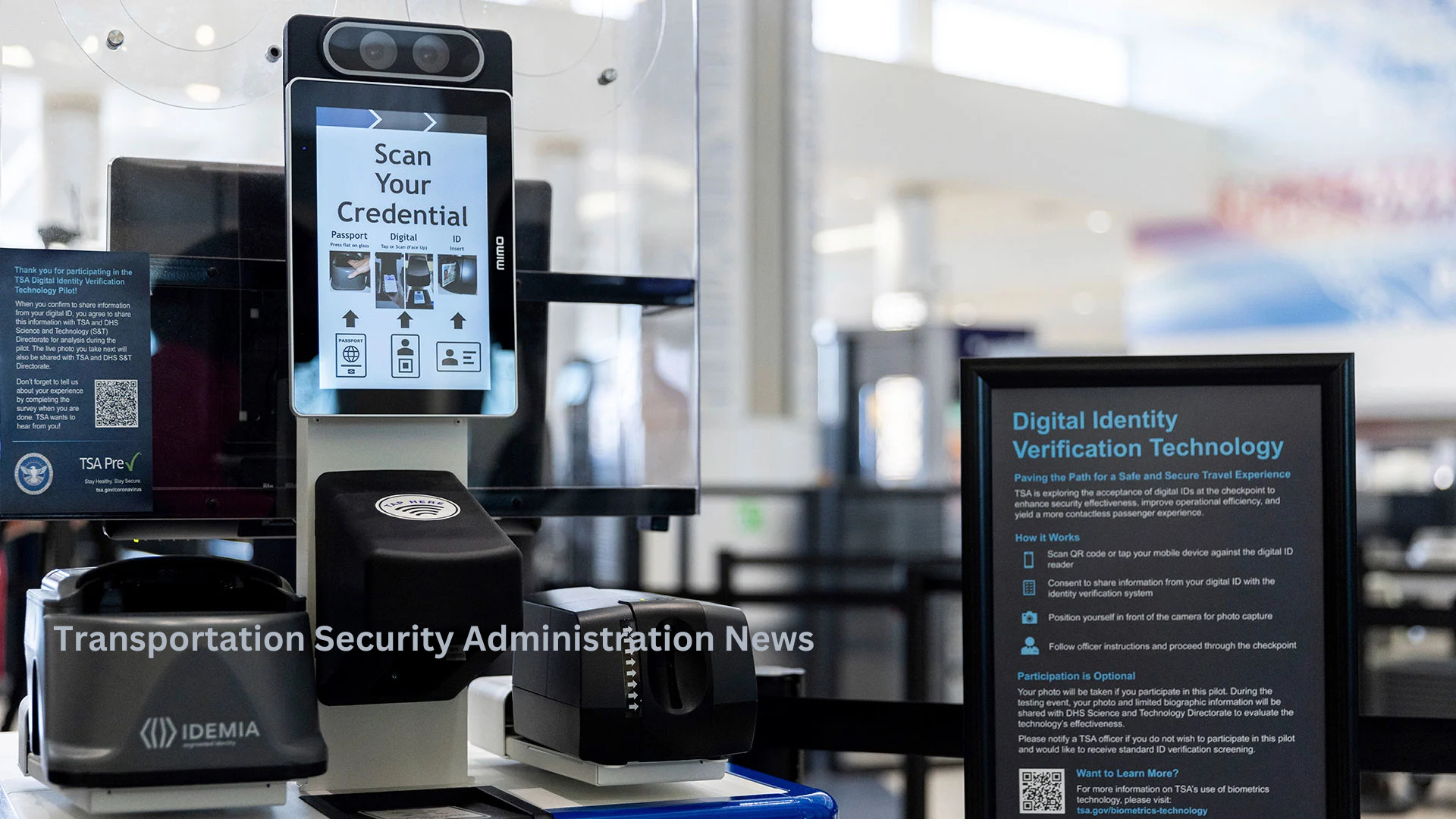Introduction to the Transportation Security Administration (TSA)
Traveling can be a thrilling adventure, but navigating airport security often feels like an obstacle course. The Transportation Security Administration (TSA) plays a pivotal role in keeping air travel safe. Understanding its policies and recent updates can help you breeze through security checks without a hitch. Whether you’re a frequent flyer or planning your first trip, knowing the latest TSA news is essential for smooth travels. Let’s dive into what you need to know about the TSA and how it impacts your journey!
Recent Changes and Updates in TSA Policies
The Transportation Security Administration (TSA) is constantly evolving to enhance security measures while streamlining the travel experience. Recently, they have updated policies regarding carry-on items and screening procedures.
One significant change involves the acceptance of more types of liquids in carry-ons. Travelers can now bring larger bottles of hand sanitizer, up to 12 ounces, which reflects a shift toward accommodating health concerns without compromising safety.
Additionally, TSA has expanded its use of advanced imaging technology at checkpoints. This new equipment offers better detection capabilities while allowing travelers to keep their shoes on during screenings.
Another noteworthy update is the increased emphasis on artificial intelligence within security processes. AI systems are being integrated into baggage scanning technologies to improve efficiency and reduce wait times for passengers.
These adjustments indicate TSA’s commitment to adapting to current trends and traveler needs while maintaining robust security protocols.
Tips for a Smooth Airport Experience
Arriving at the airport prepared can make all the difference. Start by checking your flight status before heading out. Delays or cancellations can impact your plans.
Pack smartly to speed through security. Place electronics and liquids in easy-to-reach areas of your bag. This way, you won’t hold up the line while searching for them.
Dress comfortably but efficiently. Slip-on shoes are ideal since you’ll need to remove them during screening. Remember to avoid wearing excessive metal accessories that could trigger alarms.
Consider arriving early, especially during busy travel seasons. Give yourself time to navigate check-in and security without stress.
Stay updated on TSA policies as they frequently change; being informed is key for a hassle-free experience. Keep essentials like IDs and boarding passes accessible so you’re not scrambling when it’s time to board your flight.
How to Prepare for TSA PreCheck and Global Entry Programs
Preparing for TSA PreCheck and Global Entry can streamline your travel experience. Start by gathering necessary documents like your passport, proof of residency, and any legal identification.
Next, complete the online application form for each program. It’s straightforward but requires attention to detail. Ensure all information is accurate to avoid delays.
After submitting your application, schedule an in-person interview at a designated enrollment center. This step includes fingerprinting and a background check. Be punctual and bring required documents to expedite the process.
Once approved, familiarize yourself with the benefits of each program. TSA PreCheck allows you to keep on shoes and belts while passing through security quickly. Global Entry expedites customs processing upon re-entry into the U.
S., saving time after international flights.
Stay updated on any changes or requirements by regularly checking the official Transportation Security Administration website or related resources.
Common Mistakes to Avoid at Airport Security
Navigating airport security can be daunting. Many travelers unknowingly make mistakes that could slow them down.
One common error is forgetting to remove laptops and large electronics from bags. This can lead to longer waits as TSA agents will have to manually inspect your belongings.
Another frequent misstep involves liquids. Remember, containers must not exceed 3.4 ounces and should fit in a quart-sized bag. Overpacking this bag only creates delays.
Wearing shoes with complicated laces or numerous accessories also adds unnecessary steps at the checkpoint. Opt for slip-ons instead; they make the process smoother.
Don’t forget about travel documents. Keep your ID and boarding pass easily accessible to avoid fumbling at the scanner.
Being mindful of these points can lead to a more efficient experience during security checks—making your journey pleasant right from the start.
TSA’s Impact on Travel Industry and Personal Privacy
The Transportation Security Administration plays a crucial role in shaping the travel landscape. Their policies not only enhance safety but also influence how airlines and airports operate.
Increased security measures can lead to longer wait times, impacting passenger flow and airline schedules. Travelers often experience frustration during peak hours as they navigate through heightened protocols.
On another front, personal privacy is a significant concern. Many travelers wonder about the extent of data collection during screening processes. Full-body scanners and bag checks can feel intrusive, raising questions about what information is stored or shared.
While TSA aims to protect travelers, it’s essential for them to balance security needs with individual rights. The ongoing dialogue surrounding these issues reflects broader societal concerns about privacy versus safety in an increasingly interconnected world.
Future Predictions for TSA and Travelers
The future of the Transportation Security Administration holds intriguing possibilities. As technology advances, we may see more automation in security processes. Biometric screening could become standard, streamlining the boarding experience.
Travelers might increasingly rely on mobile apps for real-time updates about regulations and wait times at checkpoints. This could make navigating airports less stressful.
Furthermore, there’s potential for enhanced collaboration between TSA and international agencies. Improved communication can lead to quicker clearance for travelers moving across borders.
Sustainability will likely play a role too. Expect greener practices as TSA adapts to environmental concerns while maintaining security standards.
As air travel continues to evolve, so will the methods we use to keep it safe and efficient. The balance between safety measures and traveler convenience is essential in shaping these changes ahead.
Read More: New Lanternfly Species Vietnam Cambodia: Unlocking Secrets of Southeast Asian Wildlife
Conclusion
Traveling can be daunting, especially with the ever-changing landscape of airport security. Staying informed about Transportation Security Administration news is crucial for anyone planning a trip. The TSA’s recent policy updates and innovations aim to enhance safety while making travel more convenient.
Understanding TSA policies helps you prepare effectively and avoid unnecessary stress at checkpoints. With resources like TSA PreCheck and Global Entry, travelers can expedite their journey through airports. Meanwhile, being aware of common mistakes that others make can save time and improve your overall experience.
The impact of the TSA on personal privacy continues to spark debate among travelers. As we look ahead, the evolution of security measures will likely shape how we approach air travel in the future.
Navigating this complex environment requires vigilance but also an understanding that improvements are always underway to enhance our traveling experiences. Keeping abreast of transportation security news will help you stay one step ahead on your next adventure.













Leave a Reply